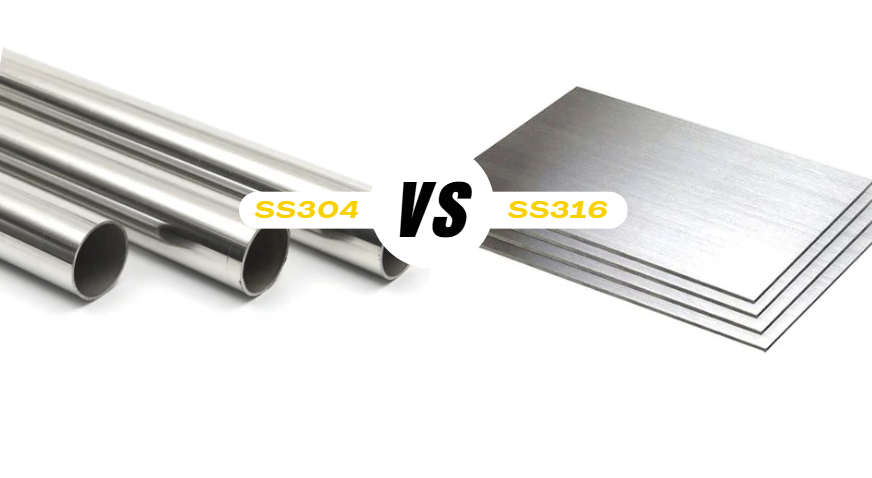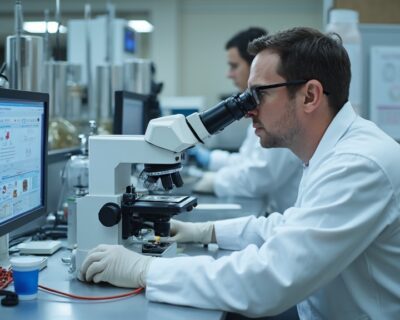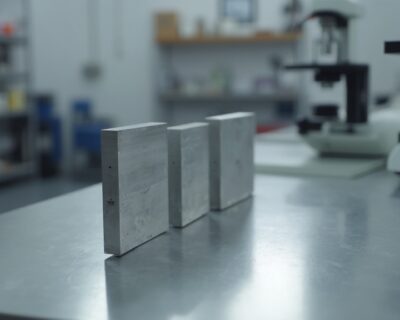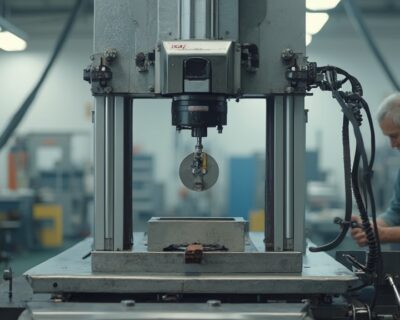Blogs

SS304 vs SS316: The Twin Metals That Perform Worlds Apart (UNS S30400 vs UNS S31600)
Ever bought two identical-looking watches, only to discover one rusts after a beach vacation while the other stays spotless? That’s SS304 vs SS316 for you — twins at sight, but worlds apart in performance.
This twin metals are Indistinguishable to the eye, yet dramatically different in composition, corrosion resistance, cost, and applications. Choosing the wrong one for your environment could lead to premature failure, higher costs, and even safety risks.
Let’s decode these industrial siblings.
Chemical Composition
| Element | SS304 | SS316 |
| Chromium | 18.0–20.0% | 16.5–18.5% |
| Nickel | 8.0–10.5% | 10.0–13.0% |
| Molybdenum | — | 2.0–2.5% |
| Carbon | 0.07% max | 0.07% max |
| Other elements (Si, Mn, N) | Similar in both |
💡 Key Difference: SS316 contains molybdenum, the secret sauce that boosts its corrosion resistance in harsh, salty, and chemical-heavy environments.
Corrosion Resistance: The Saltwater Savior
Stainless steel is known for resisting rust—but in coastal, marine, or industrial environments, not all stainless steels perform equally.
- SS304 may corrode in high-chloride environments like coastal areas, swimming pools, or industrial chemical plants.
- SS316 is engineered with molybdenumto withstandsalt spray, acids, and harsh chemicals. It’s your go-to choice for extreme environments.
That’s why SS316 is often called “Marine Grade Stainless Steel.”
Price & Lifecycle Cost
On average, SS316 is 30–40% more expensive than SS304. But here’s the twist:
⚠️ “Cheaper upfront” doesn’t always mean “cheaper in the long run.”
Total Cost of Ownership:
- SS316 lasts longer in harsh conditions.
- Less frequent replacements.
- Fewer failures = less downtime = more savings.
- Better environmental sustainability due to reduced scrapping & recycling.
Properties & Technical Specs
| Property | SS304 | SS316 |
| Density | 8.00 g/cm³ | 8.00 g/cm³ |
| Melting Point | ~1450°C | ~1400°C |
| Tensile Strength | 500–700 MPa | 400–620 MPa |
| Hardness (Brinell) | Max 215 HB | Max 149 HB |
| Thermal Conductivity | 16.2 W/m·K | 16.3 W/m·K |
| Modulus of Elasticity | 193 GPa | 193 GPa |
🔧 Both are non-magnetic (austenitic), but cold working can induce slight magnetism.
Applications of SS304 and SS316
Applications of SS304
- Food Processing: Tanks, pipelines, and utensils in breweries, dairy plants, and pharmaceutical industries.
- Household Appliances: Sinks, kitchen countertops, dishwashers, and refrigerators due to its hygienic surface.
- Architecture & Construction: Railings, cladding, trims, and decorative steel in modern buildings.
- Automotive: Exhaust systems, trims, and parts exposed to heat and road chemicals.
- Chemical Industry: Safe for tanks, processing lines, and containers handling mild chemicals.
- Medical Equipment: Surgical instruments and devices that demand cleanliness and strength.
- Water Treatment: Pipes and storage tanks in municipal and industrial water facilities (non-saline environments).
- Aerospace: Components where non-magnetic properties are advantageous.
- Industrial Equipment: Heat exchangers, wire mesh, and fastening hardware.
In short: SS304 is the go-to stainless steel for general-purpose, cost-effective durability across a spectrum of clean, corrosive, and high-temperature environments, as long as chloride exposure is minimal.
Applications of SS316
- Chemical & Petrochemical: Processing tanks, pipelines, and equipment resistant to acids, alkalis, and industrial solvents.
- Marine Applications: Boat fittings, seawater piping, coastal architectural elements, and offshore platforms.
- Food & Pharmaceutical Industry: CIP systems, chemical-resistant processing lines, and hygienic equipment requiring resistance to aggressive cleaning agents.
- Medical Devices & Implants: Surgical implants, orthopedic screws, medical trays, and bio-reactors due to its biocompatibility and corrosion resistance.
- Water & Wastewater Treatment: Components like saltwater pipes, pumps, and tanks exposed to chlorides and harsh treatment chemicals.
- Automotive & Aerospace: High-performance parts such as fuel injectors, turbo components, and aerospace trays where corrosion and heat resistance are critical.
- Heat & Pressure Systems: High-pressure boilers, heat exchangers, and reactors exposed to aggressive media and high temperatures.
- Other Uses: Luxury watches, chemical carts, sanitary fittings, and coastal railings.
In short: SS316 is the superior stainless steel for harsh, chloride-rich, and chemically aggressive environments. It offers longer service life, reduced maintenance, and sustainability in challenging conditions.
Magnetism and Appearance
Both SS304 and SS316 are austenitic—non-magnetic in annealed condition. However, cold working (like bending, machining) can slightly increase magnetic properties.
👉 Appearance: Identical. Differentiation requires expensive positive material identification (PMI) or molybdenum spot test.
Environmental Impact: A Hidden Advantage
Replacing corroded components repeatedly increases industrial waste and energy consumption. Since SS316 lasts longer, it:
- Reduces scrap metal
- Minimizes the need for frequent recycling
- Reduces environmental footprint
👉 Choosing SS316 is not just smart engineering — it’s sustainable responsibility.
Shapes & Forms Available
Both grades come in:
- Sheets & Plates
- Bars & Rods
- Pipes & Tubes
- Wires
- Coils
- Fittings (Elbows, Flanges, Tees)
Conclusion: Which Stainless Steel Wins?
It’s not about which one is “better”—it’s about choosing the right fighter for your ring.
- Choose SS304 when: cost matters, the environment is moderate, and general-purpose use is sufficient.
- Choose SS316 when: corrosion is your enemy, the air is salty, chemicals abound, and long-term performance matters.
🛠️ Your choice of material isn’t just a technical decision—it’s a strategic one. And when you weigh price vs performance vs environmental impact, the clear winner depends on your battlefield.

Visit our website on https://domadia.net/
Talk to us: Kairav Domadia | Aadil Domadia | Er.Pankaj Domadia | Pragati Sanap | Pooja N N | Shivani Kanojia




